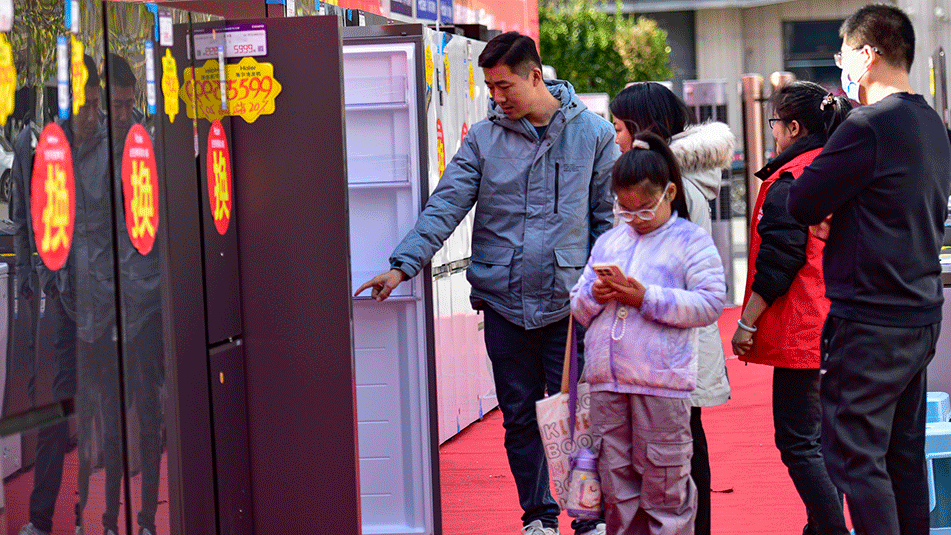
With More People Getting Sick, China’s Restaurants Are Struggling
Chinese restaurants were initially optimistic about a rosy business outlook after the authorities eased COVID restrictions. But for many, it hasn’t fared as well as they were hoping.
Many restaurants in COVID-stricken cities such as Beijing and Shanghai have seen lower footfall in the past weeks following a surge of infections among staff and local residents, affecting dining and daily operations, domestic media reported Monday. Some shopping malls in the capital Beijing and the eastern city of Hangzhou have even cut opening hours.
While some restaurants are offering more takeouts, the shortage of delivery workforce due to infections has limited the capacity of online orders, too. Both consumers and business owners have shared experiences of extended wait times due to the increase in takeaway orders.
Zhu Rankang, who runs a fusion restaurant in Shanghai, told Sixth Tone that her store has seen almost no diners since Dec. 13. Many have canceled reservations either due to sickness, being close contacts of COVID cases, or fearing infection, while 80% of her 20 or so employees have caught the virus.
“The revenue now is almost zero, much worse than before the policy was loosened,” said Zhu, who has run the restaurant for five years. “But I have to pay labor costs and full rent, which is around 500,000 yuan ($71,770) a month. December and January are supposed to be peak periods for restaurants. It adds insult to injury.”
Prior to the easing of China’s “zero-COVID” strategy, the catering sector had been hit hard from repeated lockdowns and bans on indoor dining. In 2022, the monthly revenue from restaurants across China only showed a year-on-year growth trend in January, February, and August, according to figures up to November released by the National Bureau of Statistics.
Residents in Beijing — which has been facing a surge in infections since early December — told Sixth Tone that the city’s restaurants were welcoming a limited number of customers despite the loosening of COVID restrictions.
Zhang Nan, who visited a restaurant in the capital on Dec. 9, said just around three groups of diners came in during the five hours she stayed there, while another restaurant that remained full in the summer was half-empty during her visit the following day.
“I thought I would recover by Christmas Day and could go out to eat, but so far it doesn’t look feasible,” said the 24-year-old, who tested positive for the coronavirus Thursday and has since been suffering from a fever and cough. “I’m too eager to live a normal life.”
Restaurant owners like Zhu said they feel more hopeful than before, but their businesses are still struggling amid the economic slowdown. She said diners coming to her restaurant have slashed their spending by about 30% compared to the second half of 2020.
“Before, we didn’t know when we would see hope,” she said. “Now, despite the hope, we have no idea whether things will return to normal after the current wave of infection and how long they will last. The wait is tough.”
Editor: Bibek Bhandari.
(Header image: An empty restaurant in Harbin, Heilongjiang province, Dec. 12, 2022. VCG)














